That Fit Friend is supported by its readers. I [Jake Boly] run this site myself and buy the gear I review. If you purchase through my site, I may earn commissions on sales, read more here!
So, you’re like me, a fan of the older Nike Metcons. You’ve worn models like 2, 4, 5, and 6, and it’s time to finally upgrade your trainers, but you’ve been less than impressed with the newer Metcons with a chunky plastic heel — I get it.
I’m a fan of the older Nike Metcon models — now, I can appreciate the Metcon 9 and not be a total hater, and I see why some people like it — however, I do think there are superior options on the market for versatile training shoes.
If I had to guess, you likely enjoyed the older Nike Metcons because they felt “flatter” when training, had good stability, and did a pretty good job for most types of training. CrossFit, cross-training, and athletic-style training — they always worked pretty well.
I wanted to build this list for my friends moving on and looking for new Nike Metcon alternatives. What models out perform the newer Nike Metcons? The good news, there are a lot of solid options out there.
What I’d Buy for CrossFit
If you’re looking for a good, well-rounded option for CrossFit specifically, then I’d say go with the Born Primitive Savage 1. This has been one of my go-to shoes over the last two years, and they have a lot going for them.
Specs to Know
- Price: $130
- Heel-to-Toe Drop: 4mm
- Weight: 11.2 oz (.36 kg/.8 lb for my size 10)
- Removable Insole: Yes
Sizing Quick Thoughts
- Width: Medium/Wide(ish)
- Narrower Feet Sizing: True to Size
- Wider Feet Sizing: True to Size
- Flatter Feet Sizing: These have a flatter midfoot.
- Relative Sizing: Go with the same size as Nike and Reebok in these.
- In-Between Sizes: Narrower feet, go down. Wide feet, size up.
- Good Alternative: Reebok Nano 2.0
Now, why do I like them more than the newer Nike Metcons? There are three reasons specifically.
1. They Have the Old School Vibe
Something about the older Metcon and Nano models was so epic. Maybe it was the “newness” of them in the space, or maybe it was just the sheer excitement around the sport of CrossFit, but if I had to guess, it was due to their minimalist-style construction.
In my opinion, the newer Metcons feel a little overbuilt. They’re trying to do a little a bit of everything, but failing simultanesouly. For example, you have a big chunky TPU for “stability,” but in reality, it just tanks versatility and running performance in WODs.
You also have the hefty rubber rope guard for rope climb performance. However, the older models with the more toned-down construction performed just as well and didn’t add the extra weight and tank breathability as the newer guard does.
The Born Primitive Savage 1 has a more refined construction and feel. They don’t have a ton of bulk around the midfoot and have a relatively toned-down TPU cup around the heel like the older Metcons did.
They also have a lower stack height, AKA the amount of material that separates the foot from the floor, like the older Metcons did. This gives them a more flexible feeling on the foot while keeping stability and making their ground feel higher.
2. They Have a Wider Toe Box
You have to give credit where credit is due. The Nike Metcon 9 does have a wider toe box compared to its peers, which is a good thing. This model can no work well for feet up to 2E widths. This wasn’t always the case in past Metcons.
If we’re comparing outright widths, though, and you’re big on having more room for toe splay. Maybe you’re like me, and you also like wearing barefoot shoes for training, so now normal shoes feel tougher to wear, then the BP Savage 1 takes the edge.
This model has a wider toe box and more upper volume, so it feels more spacious when training. Pro-tip: if you take out the Savage 1’s insole, then it gives you even more space and makes the midfoot more comfortable for flatter feet, and it doesn’t kill this shoe’s durability doing so.
3. They Have Just As Much If Not More Durability
Durability is something that can vary greatly unless shoes have clear issues with their construction, such as the Free Metcon 6. The Metcon 9 doesn’t necessarily have glaring durability issues, but there have been some problems with this shoe’s midfoot breaking.
Right where the midsole split is at the rope guard, some lifters have reported that their pair is breaking pretty fast. It’s rare, but it can happen. My Metcon 9s have held up great, though, so I wouldn’t stress their durability for most recreational lifters.
This note is for those who may be resistant to trying something new because their older Metcons have held up super well. I think you’ll be impressed with the Savage 1’s long-term durability for CrossFit.
Their knit and synthetic upper do a great job at resisting abrasion, and the thicker rubber outsole on them also stand up well to abrasion and friction from the ground. My first pair has been going for 1.5 years, and I’ve even played a lot of pickleball in them.
What I’d Buy for Lifting
If you’re the lifter who just needs a stable option for strength training and you like to blend in some athletic stuff here and there, then I’d go with the Adidas Dropset Trainer 3. Yes, believe it or not, Adidas has made some dynamite cross-trainers as of late.
Specs to Know
- Heel-to-Toe Drop: 6mm
- Stack Height: N/A
- Weight: 12.85 oz (.36 kg/.8 lb for my size 10)
- Removable Insole: Yes
How to Size This Shoe
- Width: Medium/Wide(ish)
- Narrower Feet Sizing: True to Size
- Wider Feet Sizing: True to Size
- Flatter Feet Sizing: These have some arch to them. Flat feet may want to pass.
- Relative Sizing: Go the same size as Puma, Nike, and Reebok.
Why do I like the Dropset 3 over the Metcon 9 for lifting and general training?
1. Mimics a Weightlifting Shoe’s Feel
If you’re about the max stability life, then you can’t fault the Dropset’s performance. I language the Adidas Dropset 2 and 3 as having a pseudo-weightlifting shoe feel due to its lower toe spring (the toe doesn’t curl up a ton) and its dense heel construction.
In the context of lifting, the Dropset is wicked stable, and it’s been one of my favorite trainers for moving serious weight. Whether it’s deadlifting north of 500 lbs, squatting 350+ lbs, or hitting heavy leg press, they work great.
The Metcon 9’s stability is also great, so please don’t think the Metcon 9 falls short in this vertical, but the Dropset just feels a little more “dialed” for lifting. There’s also a dual-density foam midsole in the Dropset that gives it a nice feeling.
In the forefoot, the stack height is lower, and there’s a more flexible foam, then the midfoot and heel transition into a denser foam. This gives you a good balance of forefoot pliability and overall stability when catching and moving weight.
2. Feels More Lightweight and Athletic
One of my favorite things about the older Metcons was how athletic they felt. The newer Metcons just don’t deliver on that front due to their chunky feeling. The Dropset feels lighter on the feet.
The upper breathes a smidge better, and they have a cutout in the midsole to promote air flow. Now, this can be a problem for daily wear, but in the gym, it’s a nice feature for keeping this model feeling breathable.
In the older Metcons, I always liked how much ground felt you got through the forefoot and how they felt flexible for things like box jumps, jump rope, and broad jumps. The new Metcons feel okay, but don’t have that same snap to them.
The Dropset more closely replicates that feeling that I fell in love with in the older models. That’s why I also language them as feeling more athletic compared to the Metcon 9 for general lifting where you’re blending some athletic stuff.
3. Lesser of Two Evils for Sprints and Running
Look, the Metcon 9 and Dropset 3 are both “meh” for running, but if I had to choose one, I’m going with the Dropset 3. It’s a little more forgiving for short bouts of running.
Sometimes, during my lifting and athletic sessions, I like to program short interval runs on the curved and regular treadmill. For this ask, the Dropset 3 feels decent since you’ll be primarily forefoot striking.
The Metcon 9 can also work here, and I don’t want to completely rag on them, but their breathability is worse, and if both shoes are going to be meh, then I think the model with the greater indirect benefits will feel the best for most.
Plus, the forefoot is a little more pliable in the Dropset 3, as mentioned above, so for sprints and 400-800 meter runs, they have a snappier and better feeling on the feet. The Metcon 9 just feels a little more blah and clunky, even for short runs.
Jake, Why Do You Hate Nike Metcons?
I don’t outright hate the Metcons — that’s a little strong. I respect what this shoe line has done for the sport of CrossFit and for lifting/athletes, but I do think they’ve lost their way.
By trying to do a little bit of everything, they’ve fallen victim to becoming a “master of none.”
Plus, when you compare new Metcons that are notably less strong in the gym than older models, it’s tough to give the new iterations a bunch of love.
I can respect the athletes and lifters who live and die by the Metcon 9. However, I think there are better options out there for anyone on the fence or not totally stoked on the new iterations.
If you have additional questions about other Metcon alternatives becuase I do have a few more depending on training context and foot anatomy, drop a commnet below or reach out via Instagram!


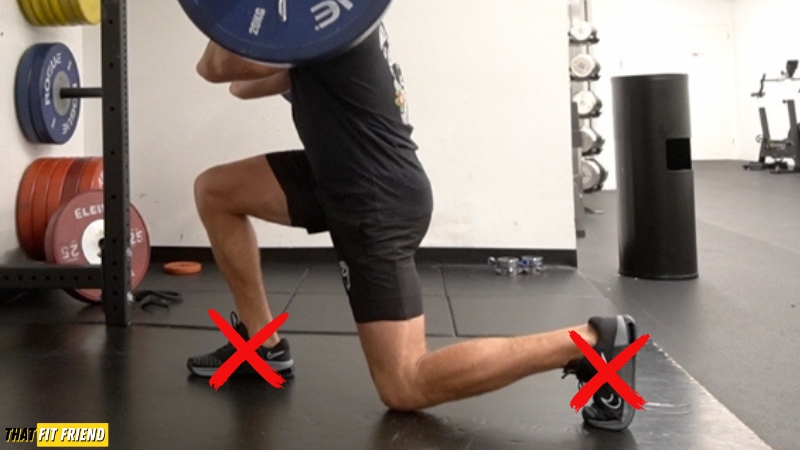


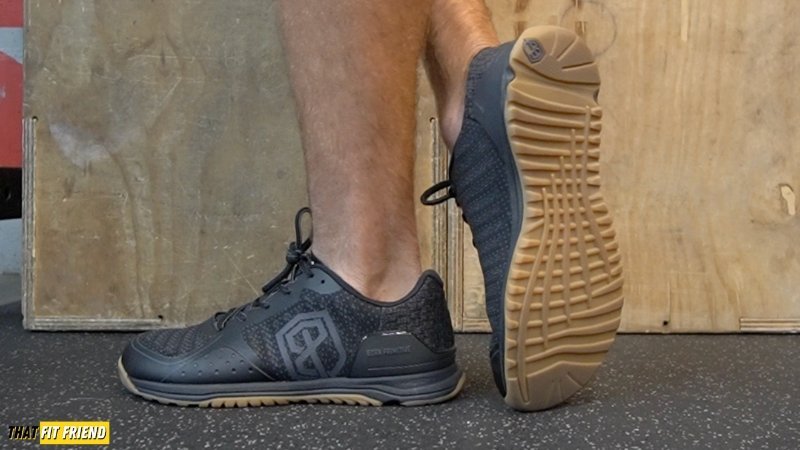


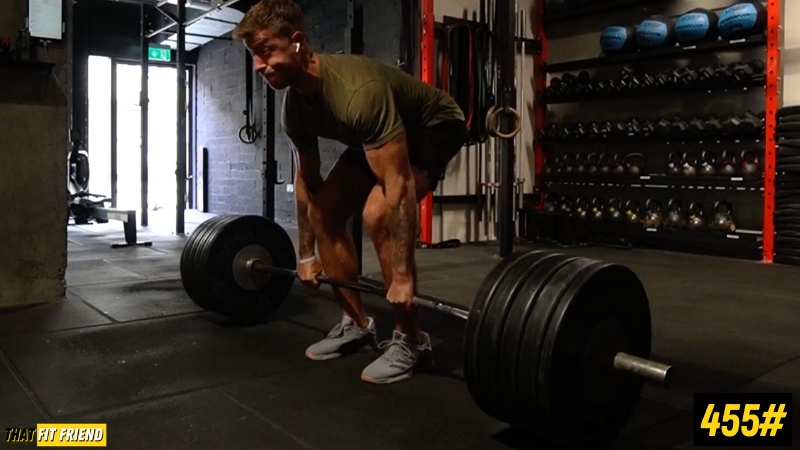
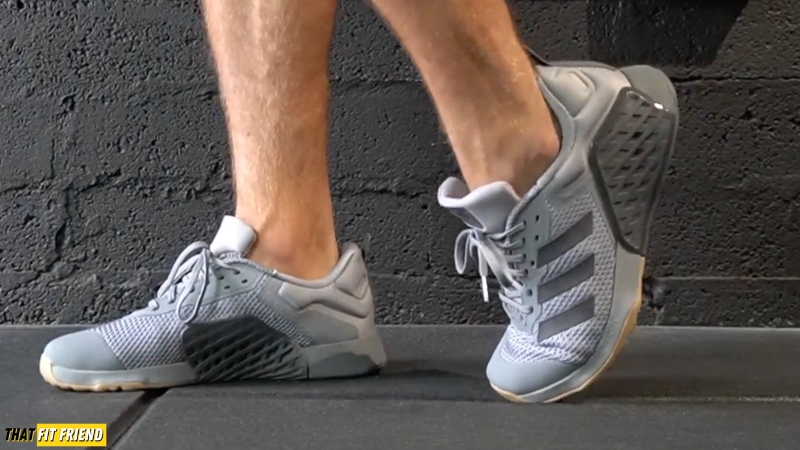

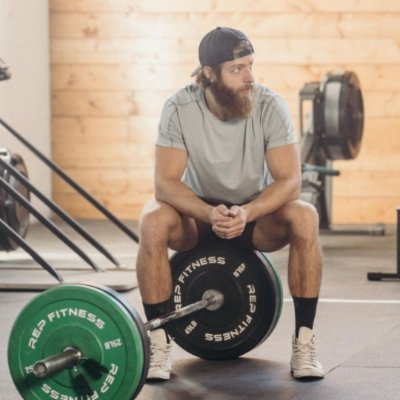
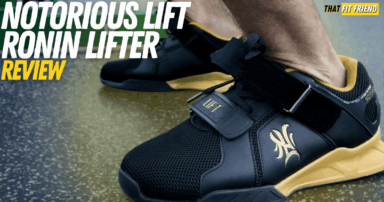



alex soriano
I went on ebay and found a pair of older nike flyknit metcons. IMO, they were the pinnacle of nike crossfit shoes. completely agree with your review on this so unfortunate Nike went kinda weird. I did a rope climb with their latest metcon, it cut through the sole. you have to use the other model with weird square guard. one approach that sports does well, soccer has required placement of where the cleats can be. they cant be like baseball cleats etc. there are rules to calling them soccer cleats. need that somehow for crossfit. dont need “crossfit” name per say, but need the rules applied.
Agreed. The new trainers are trying to be a master of all but are really just a master of none.